The Conservation Alliance for Seafood Solutions Saturday released the first update since 2008 to a resource used by 80 percent of the North American grocery and institutional foodservice markets. The updated Common Vision for Sustainable Seafood addresses the next generation of issues affecting sustainable seafood including social issues like human rights violations and labor exploitation and verifying sustainability by tracing products back through the supply chain.
“A decade ago, business leaders reached out to the NGO community for guidance on seafood sustainability” said Caroline Tippett, Director of Seafood Engagement for World Wildlife Fund. “Today, they are reaching out for new recommendations on deepening those sustainable sourcing commitments, addressing social welfare issues, and improving supply chain traceability.”
The Conservation Alliance also released a bank of online resources to complement the Common Vision and support businesses implementing sustainable seafood commitments. The initial set includes resources on social issues and traceability, as well as real-world examples of sustainable seafood commitments. The Conservation Alliance expects to expand this resource bank over time.
The Conservation Alliance connects leading conservation groups working with top seafood retailers. It provides a forum to work collectively on challenges too big for any one organization or business to solve alone.
The release culminates a year-long effort to modernize the Common Vision. Updates were informed by input from Conservation Alliance member and partner organizations, advice and information from experts on social issues, and feedback from industry. The Common Vision represents agreement between all Conservation Alliance member organizations. Industry leaders were among the first to endorse the updated Common Vision.
“The Common Vision has been invaluable as a guide for our organization and the industry to build a sustainable future for seafood,” said Buster Houston, Group Director of Seafood at the Albertsons Companies, which operates Albertsons, Safeway, Jewel-Osco, and more than 20 retail banners. “The 2016 version responds to new challenges facing the seafood industry, making the Common Vision even more essential to enable businesses to accelerate the positive change already in motion.”
The updated Common Vision retains the original’s straightforward six-step framework defining the actions businesses that buy and sell seafood can take to demonstrate leadership and ensure a sustainable seafood supply. Each step includes detailed recommendations that, together, describe a responsible corporate sustainable seafood commitment. Those steps are:
- Make a Public Commitment — Develop a comprehensive policy on sustainable seafood that includes time-bound objectives for addressing environmental and social issues and traceability.
- Collect Data on Seafood Products — Monitor the sustainability of seafood products and assess labor and human rights risks within the supply chains you source from.
- Make Responsible Sourcing Decisions — Support sustainable and improving seafood sources through purchasing decisions.
- Be Transparent — Make information regarding the environmental and social performance of seafood products publicly available and report on progress against your sustainable seafood commitment.
- Educate Staff, Customers, and Vendors — Educate employees, customers, suppliers, and other key stakeholders about sustainable seafood, including the importance of addressing environmental and social issues and working toward full traceability.
- Support Investments in Fisheries and Aquaculture — Engage in policy and management reform that leads to positive social, economic, and environmental outcomes in fisheries and aquaculture production, including ensuring implementation of core labor standards.
“Since 2008 the Common Vision has provided a harmonized framework for businesses to guide the development and implementation of their sustainable seafood commitments,” said Jennifer Dianto Kemmerly, Director of the Monterey Bay Aquarium Seafood Watch program. ”This updated version reflects where we are as a sustainable seafood community, integrating both environmental and social issues into the framework.”
Starting this month and continuing into the spring, we will feature several success stories from Conservation Alliance member organizations and their business partners who have relied on the Common Vision for the past eight years to make and meet strong commitments to sustainable seafood. We look forward to seeing how companies will use our new and more ambitious set of guidelines to move into the next generation of progress in seafood.
